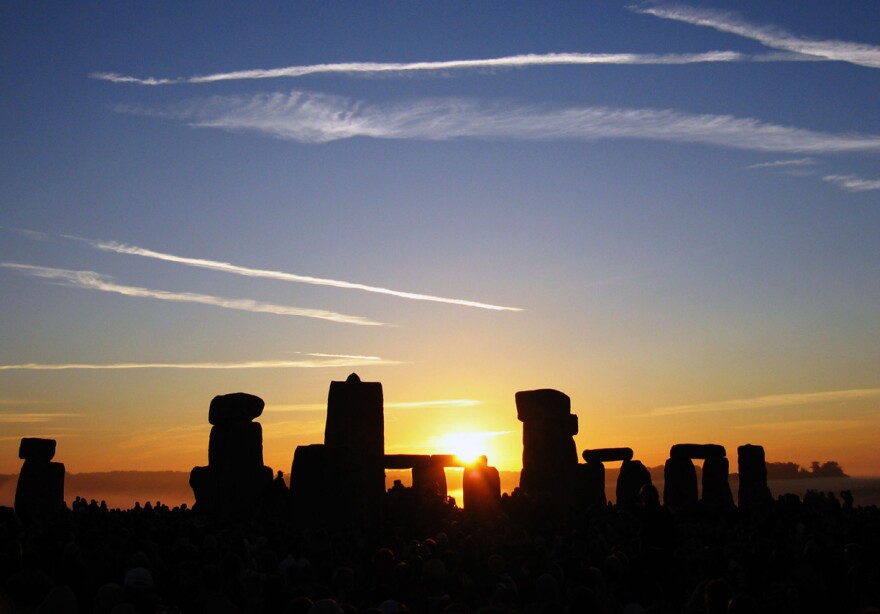

Florida - Thursday June 20, 2024: Today, Thursday June 20th, is officially the first day of summer. The astronomical first day of summer in the Northern Hemisphere is triggered by the summer solstice which occurs when one of the Earth's poles has its maximum tilt toward the Sun. That happens twice a year, once in the Northern Hemisphere and once in the Southern Hemisphere.
Here in the Northern Hemisphere today, the Sun is at its highest position in the sky and the north pole will be in continuous daylight throughout the day. The northern half of our globe will experience the longest period of daylight today, and shortest night of the year. For the Southern Hemisphere, the Summer Solstice will occur December 21st this year.
The Summer Solstice varies in both the Northern and Southern Hemispheres. In the north it could fall on June 20, 21, or 22. In the south it could be on June 20, 21, 22 or 23 of December. The dates vary because Earth orbits the Sun in an ellipse, and its orbital speed varies slightly during the year.
On the summer solstice, Earth's maximum axial tilt toward the Sun is 23.44°. Likewise, the Sun's declination from the celestial equator is 23.44°.
A Cultural Event
There is evidence that the summer solstice has been culturally important since the Neolithic era. Many ancient monuments in Europe especially, as well as parts of the Middle East, Asia and the Americas, are aligned with the sunrise or sunset on the summer solstice.
The significance of the summer solstice has varied among cultures, but most recognize the event in some way with holidays, festivals, and rituals around that time with themes of fertility.
In the Roman Empire, the traditional date of the summer solstice was 24 June.[12] In Germanic-speaking cultures, the time around the summer solstice is called 'midsummer'. Traditionally in northern Europe midsummer was reckoned as the night of 23–24 June, with summer beginning on May Day.[13] The summer solstice continues to be seen as the middle of summer in many European cultures, but in some cultures or calendars it is seen as summer's beginning.[14] In Sweden, midsummer is one of the year's major holidays when the country closes down as much as during Christmas.


